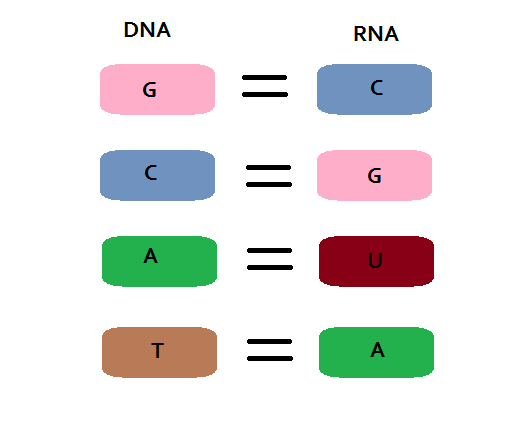Question #cc064
1 Answer
DNA itself does not control cellular activities but it codes proteins which function to control cell growth, division, communication with other cells etc.
Explanation:
Hence it is said that DNA stores information in the form of nucleotide sequences. Those sequences need to be translated in order to form proteins - a process known as protein synthesis.
Protein synthesis consists of Transcription ( reading the DNA) which is carried out by the enzymes within the nucleus. The transcript from that process is referred to as mRNA which in comparison to DNA has only one strand. Translation is the second stage of protein synthesis in which mRNA is translated into proteins.

For example:
#"DNA: " "G"-"C"-"A"# #"RNA: " "C"-"G"-"U"#
Each of these codons code for a specific amino acid that is floating within the nucleus. Amino acids are small molecules that make up proteins.
Once this process is completed a functional protein is released to perform cellular functions. When a cell grows, communicates with other cells, excretes waste, absorbs water, moves, sticks to other cells or dies (and much more) this is all due to the work of these proteins.


